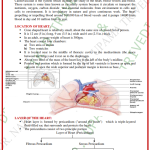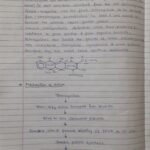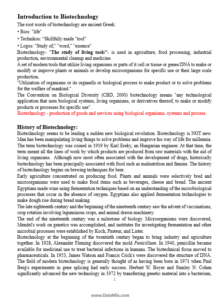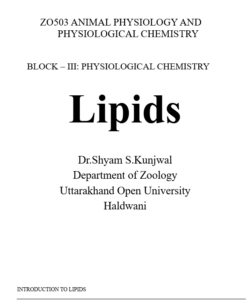- Proteins are large molecules composed of amino acids linked by covalent bonds12. They contain carbon, hydrogen, oxygen, nitrogen, and sulfur2.
- Proteins have different levels of structure based on the folding and twisting of the amino acid chains23. The levels are: primary, secondary, tertiary, and quaternary23.
- Proteins have various functions in living organisms, such as metabolism, movement, defense, communication, and recognition12. Some examples of proteins are enzymes, hormones, antibodies, and receptors12.
- Proteins can also combine with other molecules, such as sugars or lipids, to form mixed molecules2. Some examples of mixed molecules are glycoproteins and lipoproteins

